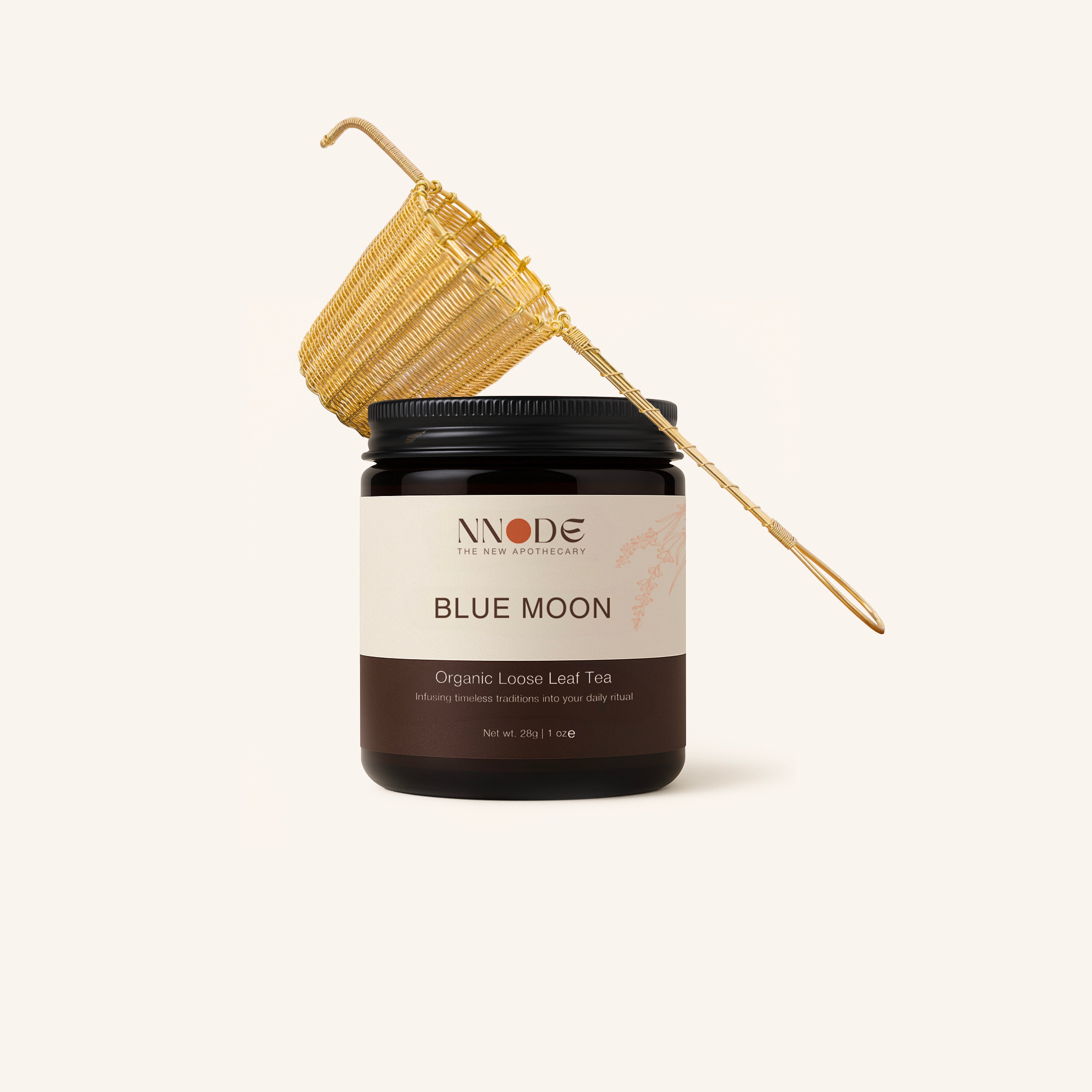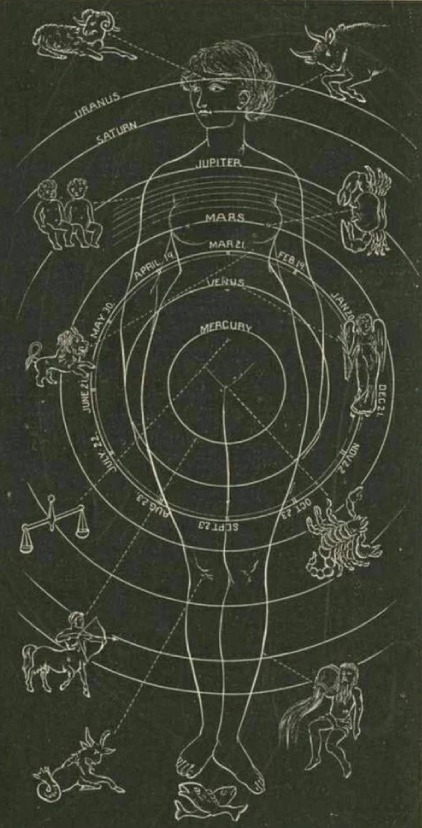This is just an introduction to a powerful, ancient system that has been studied and practiced for thousands of years. What we now call medical astrology began as a way for civilizations to understand the cycles of life, the rhythms of nature, and the connection between the heavens and the human body.
Planets, Signs, and the Body

At its core, medical astrology sees the planets as activating energies, while the signs correspond to specific body parts and systems. For example:
-
The Sun rules the heart and immunity.
-
The Moon governs the stomach, womb, and cycles of fluid in the body.
-
Mercury is linked to the nervous system and breath.
-
Venus influences kidneys, lymph, and reproduction.
-
Mars energizes the muscles and blood.
-
Jupiter expands through the liver and thighs.
-
Saturn governs bones, skin, and structure.
Later discoveries - Uranus, Neptune and Pluto - were woven into this system, connected to the nervous system, endocrine functions, DNA, and regeneration.
These archetypes show that healing has always been seen as cosmic. Ancient physicians looked at a natal chart to interpret imbalances and potentials, prescribing herbs and practices in alignment with planetary forces.
Ancient Roots
The earliest records of astrology being used for medicine go back to Mesopotamia (8,000–2,000 BC). Sumerian star maps inscribed on clay tablets reveal how the ancients interpreted constellations and planets as guides for earthly life, health, and destiny. These tablets, considered the oldest known records, laid out archetypes of the stars and their correlations with human experience.
From there, the practice spread:
-
Babylon (2,000 BCE): astrology was integrated into healing and prophecy.
-
Ancient Egypt: physicians combined astronomy, astrology, and herbalism.
-
The Vedas: laid foundations of Vedic/Jyotish astrology, with deep links to medicine.
-
Maya + Aztecs: developed predictive and calendrical systems rooted in cosmic cycles.
-
Greeks + Romans: further expanded astrological medicine, making it central to philosophy and healing.
Across these cultures, the principle was the same: as above, so below. The sky reflected the patterns of human life, health, and disease.
The Physicians of Antiquity
In classical times, astrology became a core part of medical training. Physicians were required to study the stars before diagnosing disease. Their training included:
-
Herbalism
-
Medical astrology
-
Patient examination (blood, pulse, humors)
Two figures stand out:
-
Hippocrates - the “father of modern medicine,” who emphasized the relationship between heavenly bodies and human health.
-
Galen - who expanded Hippocrates’ teachings, weaving astrology deeper into diagnosis and treatment.
At this time, physicians were also herbalists. Healing meant understanding planetary influences and prescribing plants, minerals, or even gemstones to restore balance.
Medieval & Renaissance Period
By the 1660s, astrology was still a required subject for physicians in Europe. Natal charts were interpreted to reveal predispositions to disease and methods of healing. It wasn’t just about prediction, it was a diagnostic tool, pointing to how body, mind, and spirit were interconnected.
Medical astrology was used to study:
-
Major cycles (health and disease)
-
Timing of illnesses
-
Family predispositions
-
Preventive strategies
This integrated approach shaped medicine for centuries.
The Shift into Modernity
It wasn’t until the early 1900s that astrology took a different turn. Alan Leo, often called the father of modern astrology, shifted focus toward psychological astrology. He popularized the idea of the zodiac as personality archetypes, the “Sun in Sagittarius means you love to travel” style of astrology. While accessible, this shift moved astrology away from its deep medical and herbal roots.
Today, medical astrology is often overlooked, yet it continues to offer a profound way of understanding the body’s rhythms and the healing power of nature.
A Living Tradition
Medical astrology is not just a historical curiosity, it’s a reminder that humans have always looked to the sky for guidance in health and healing. The ancients understood what modern science is only beginning to confirm: the rhythms of the cosmos and the rhythms of the body are deeply connected.
Read more





